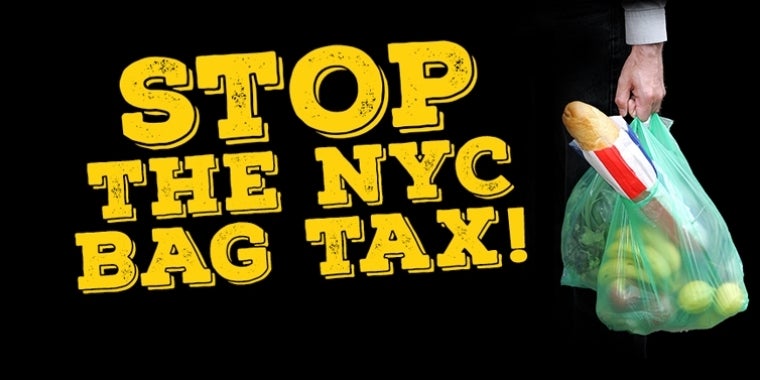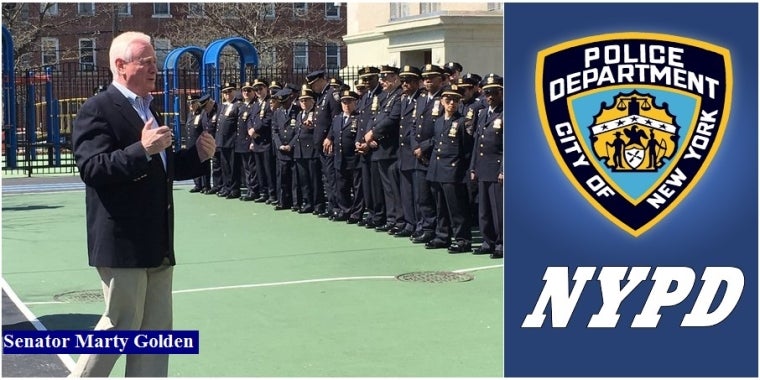
Senator Golden’s Law Having Major Results in New York
Martin J. Golden
July 3, 2009
OUT OF STATE PLACEMENT OF CHILDREN DOWN MORE THAN HALF
Albany- Billy’s Law, a law created to reduce placement of children from New York State into out of state facilities, is already working, according to State Senator Marty Golden, the State Senate sponsor of the legislation.
Data surrounding the placement of New York State residents in out of state facilites is down by more than 50% since this law took effect in September, 2005. At the time the law went into effect, there were 1,400 children and youth. Today, there is a total of 654 children placed in out-of-state residential schools and programs.
“The tragic story of Billy Albanese, a young man from Brooklyn, galvanized us all into looking at the way in which the State placed children in out of state facilities,” Senator Golden said. “What we found was a disgrace—a $300 million system with almost no oversight, few consistent standards, and State and local agencies that barely communicated with one another, was in totality a system which left New York’s children, and their families, unprotected.”
Golden continued, “When we began this, no one from New York even visited these out of state facilities to make sure that they met high standards. No one from New York were checking on these programs to see if in fact these facilities were appropriate or providing appropriate care.”
The Golden Law, Chapter 392 of the Laws of 2005, requires the State to do the following:
-
-
- ·Develop a monitoring and accountability structure to address the health and safety of children served by out-of-state schools and facilities;
·Enhance New York’s service system infrastructure to allow for the children most at risk of being referred and placed in out-of-state schools and facilities to be served within New York in the most appropriate, least restrictive and safest setting; and
·Strengthen in-state mechanisms that enhance service delivery across agencies.
-
To do this, the legislation created a committee comprised of the Commissioners of seven state agencies—the Office of Children and Family Services, the State Education Department, the Office of Mental Health, the Office of Mental Retardation and Developmental Disabilities, the Office of Alcoholism and Substance Abuse Services, the Department of Health, and the Division of Probation and Correctional Alternatives. Additional agencies and non-governmental representatives participate through a subcommittee structure.
-
-
- ·As of December 1, 2008, there were a total of 654 children and youth placed in out-of-state residential schools and facilities by local school districts (478) and local departments of social services (176).
·Overall, since the June 1, 2005 Report to the Governor from the Interagency Out-of-State Residential Placement Work Group, which reported that “1,400 children and youth were being served in residential programs outside of New York State”, there has been a 53.3 percent reduction in out-of-state placement numbers for New York’s children and youth.
-
The continued reductions in out-of-state placements are notably attributed to ongoing monitoring at the state level by SED of requests for out-of-state placements by Committees on Special Education, along with policy communicated by the Office of Children and Family Services to local departments of social service, requiring them to make every effort to identify appropriate in-state placement options before referring a child or youth in foster care to out-of-state programs. Additionally, the law has increased access to in-state residential services, thereby enabling more children and youth to remain in New York.
The law has created an ongoing schedule of planned annual monitoring visits to out-of-state schools by State Education Department officials. utilizing established protocols, along with beginning efforts, since November 2007, by the Office of Children and Family Services to visit five out-of-state residential programs annually. The Committee has developed consistent parameters for contracts, and has begun visiting facilities. It is also developing a consistent on-line registry of approved programs, and is developing a statewide data system for tracking these children.
Many of the children returned to New York enter in-state programs, where they can be closer to their families. The committee is working to create a 5-Year Interagency Plan to develop in-state residential capacity. By the end of the 2009-10 school year, 118 new beds will have been created in New York City, 24 of which are already available. Another 315 new beds will have been created in the Long Island and Upstate areas, 160 of which are already available. The Council worked with members of the Committee and the Legislature to develop a residential bed plan that includes recommendations to address current and future programmatic and physical plant needs for renovated and new in-state capacity.
Share this Article or Press Release
Newsroom
Go to Newsroom


